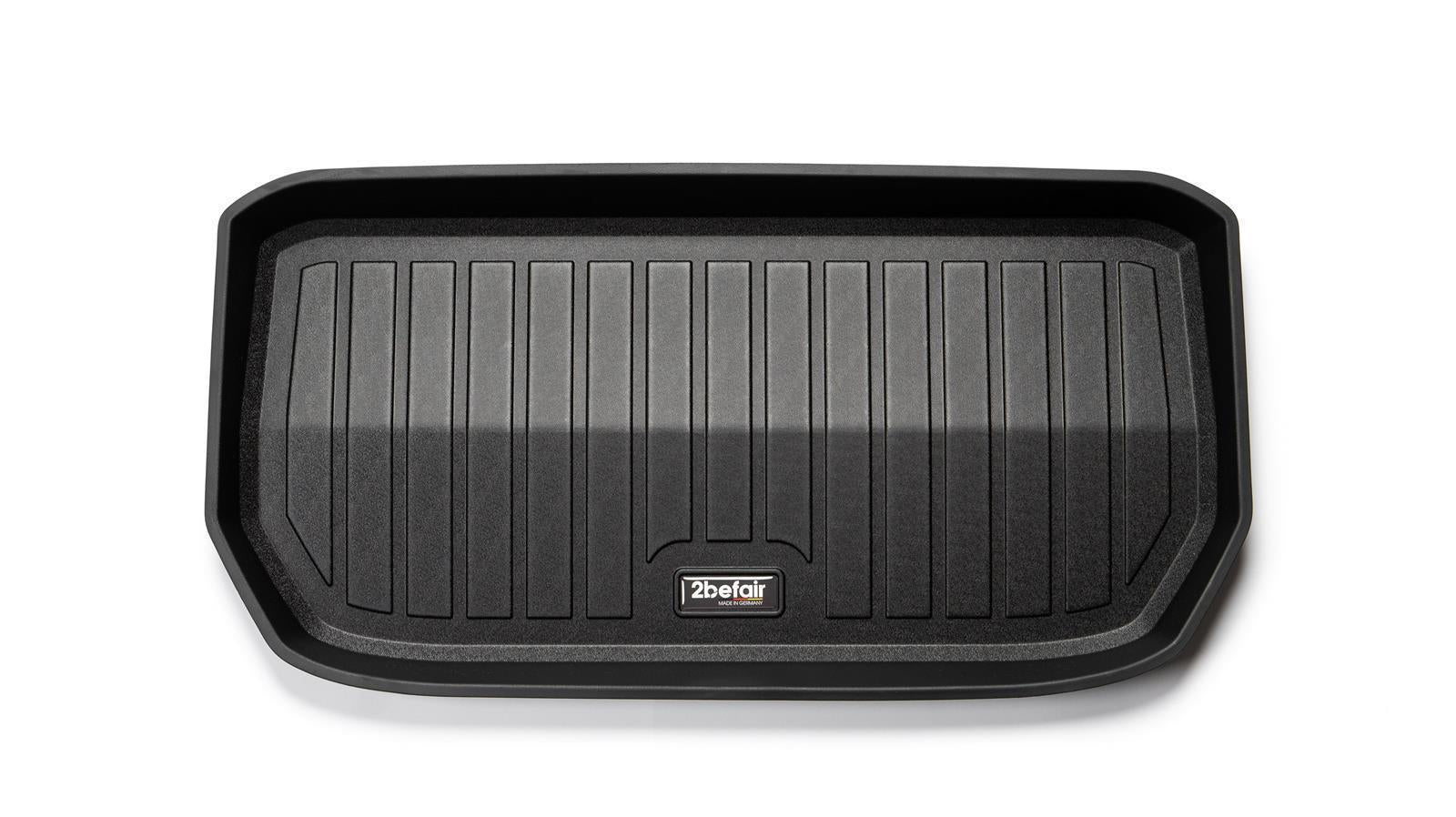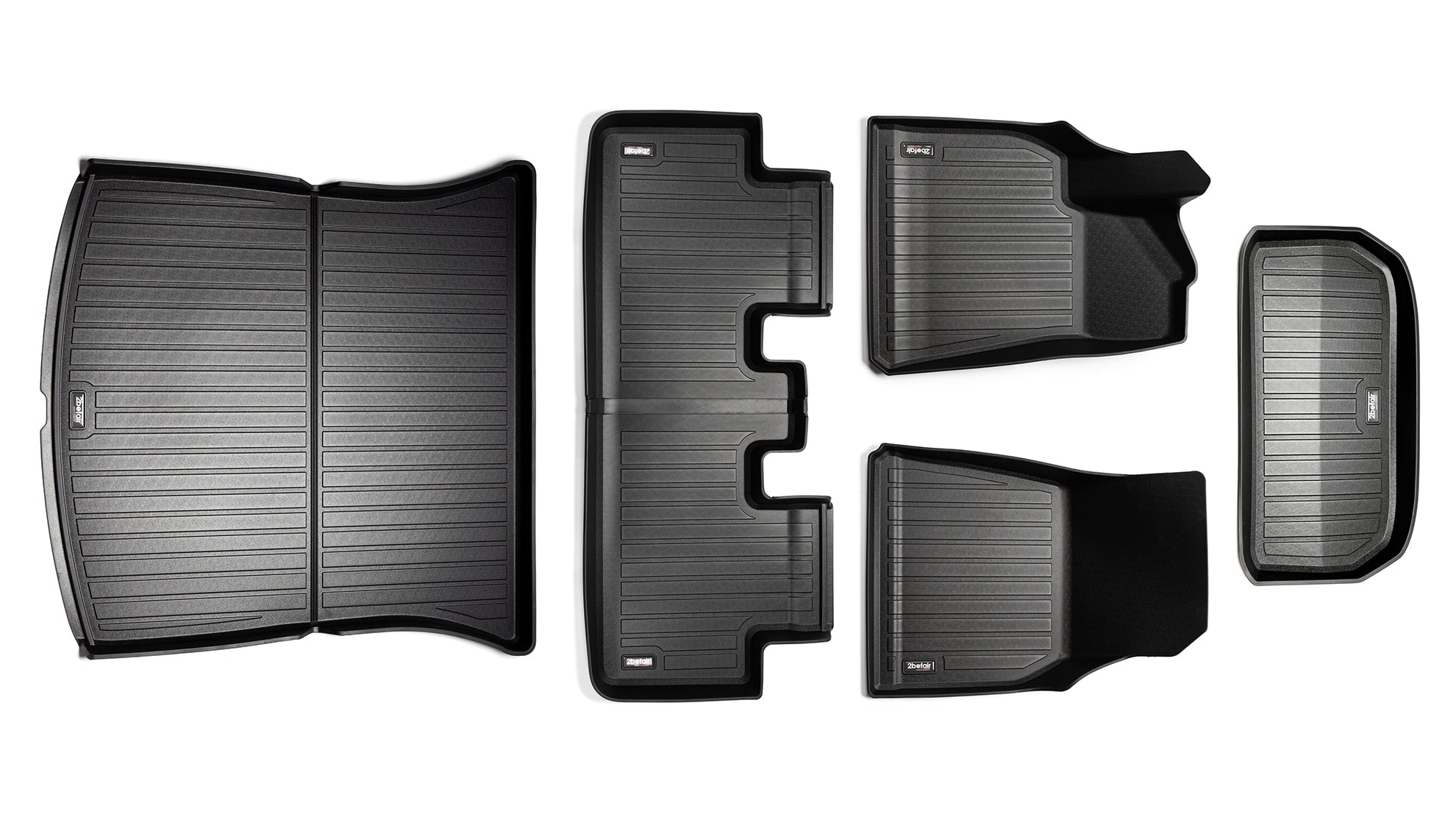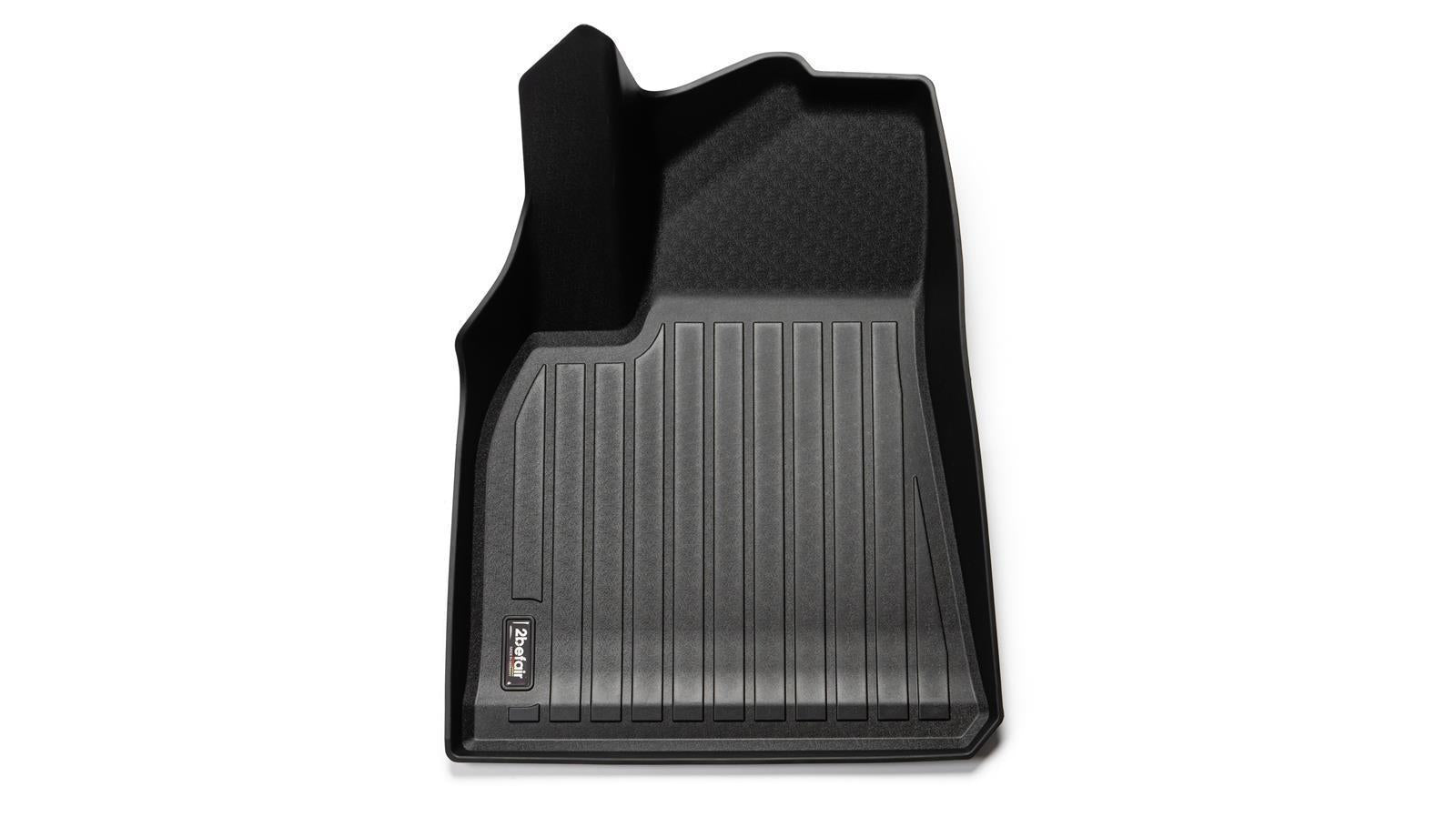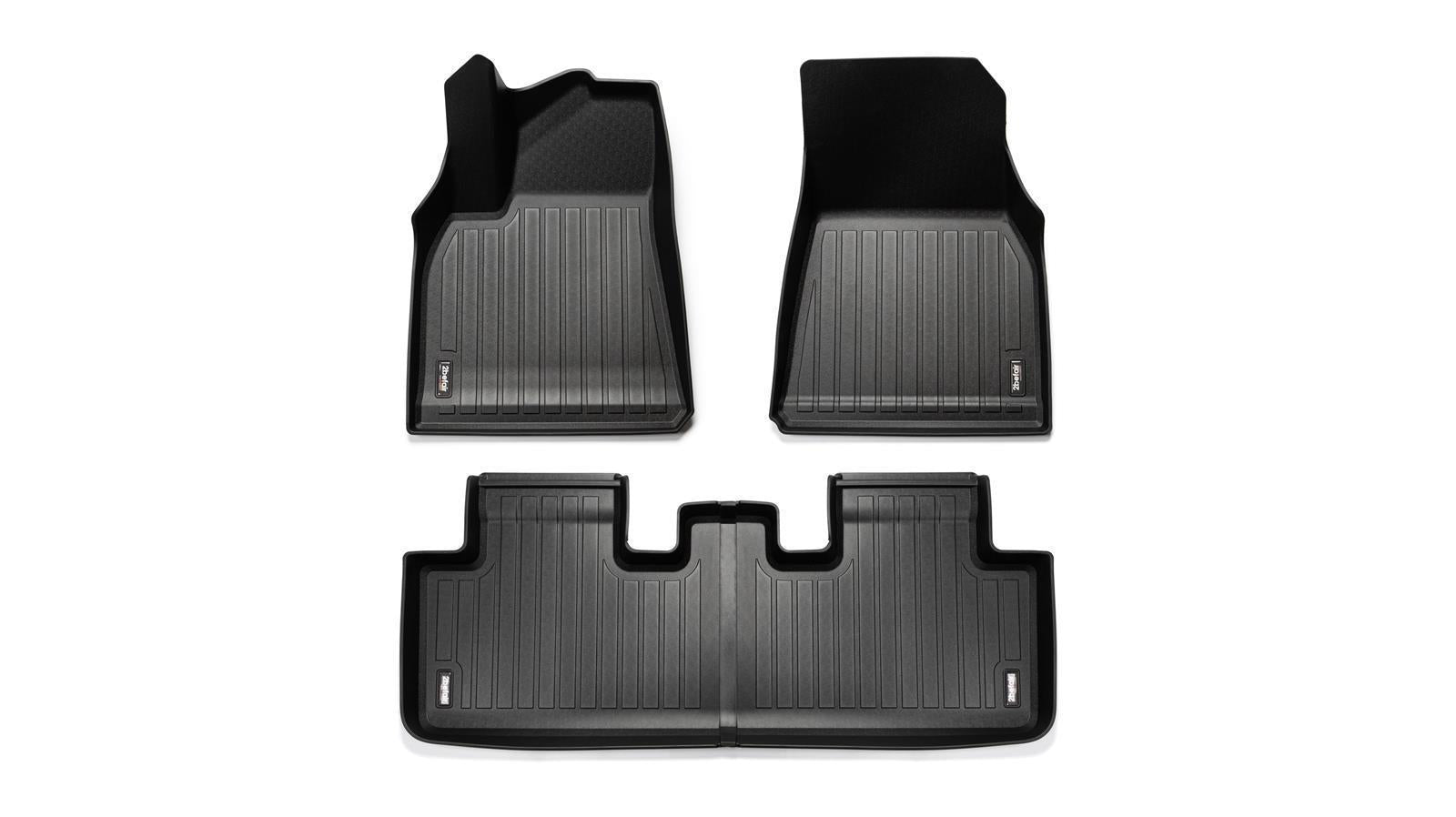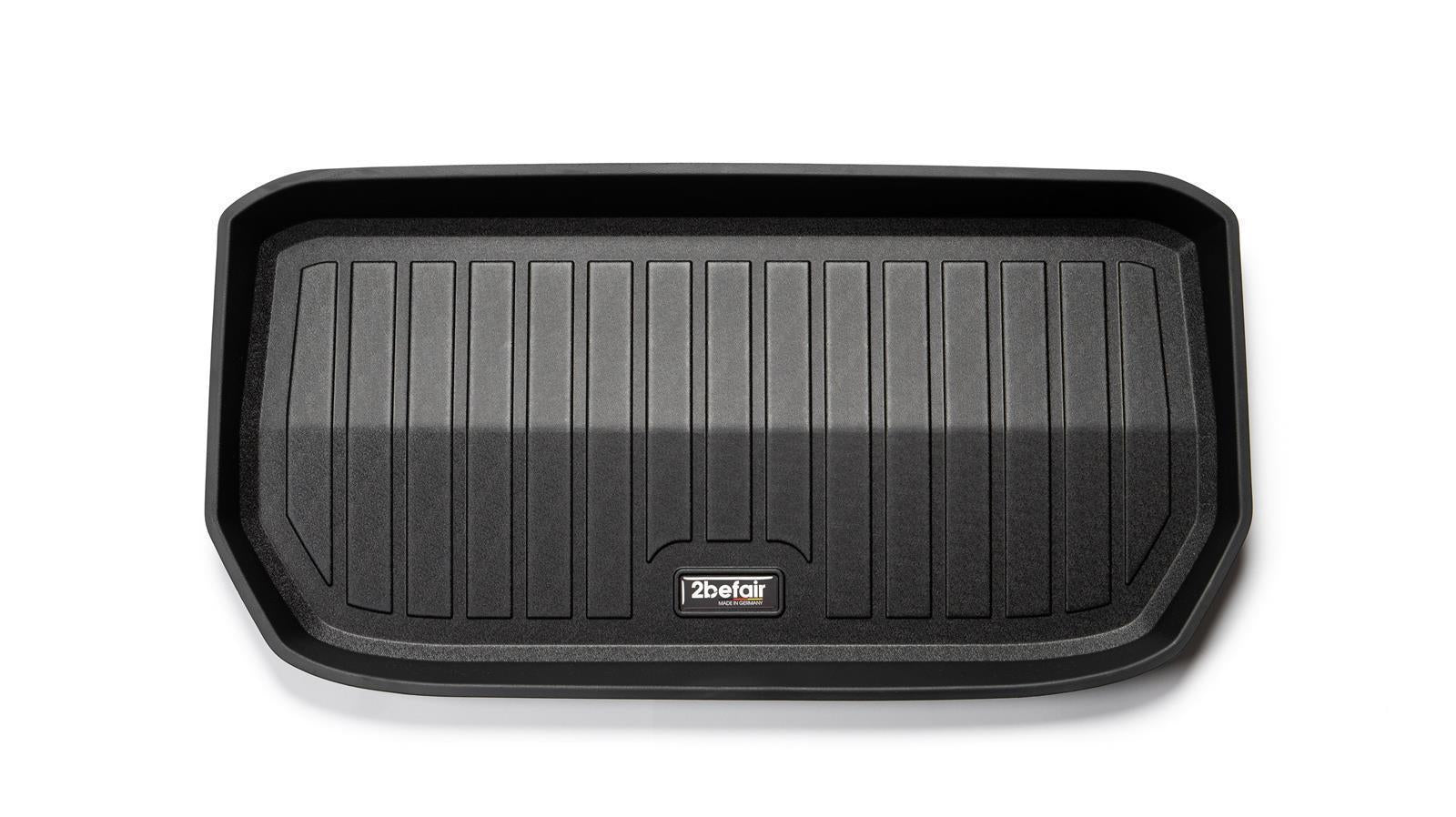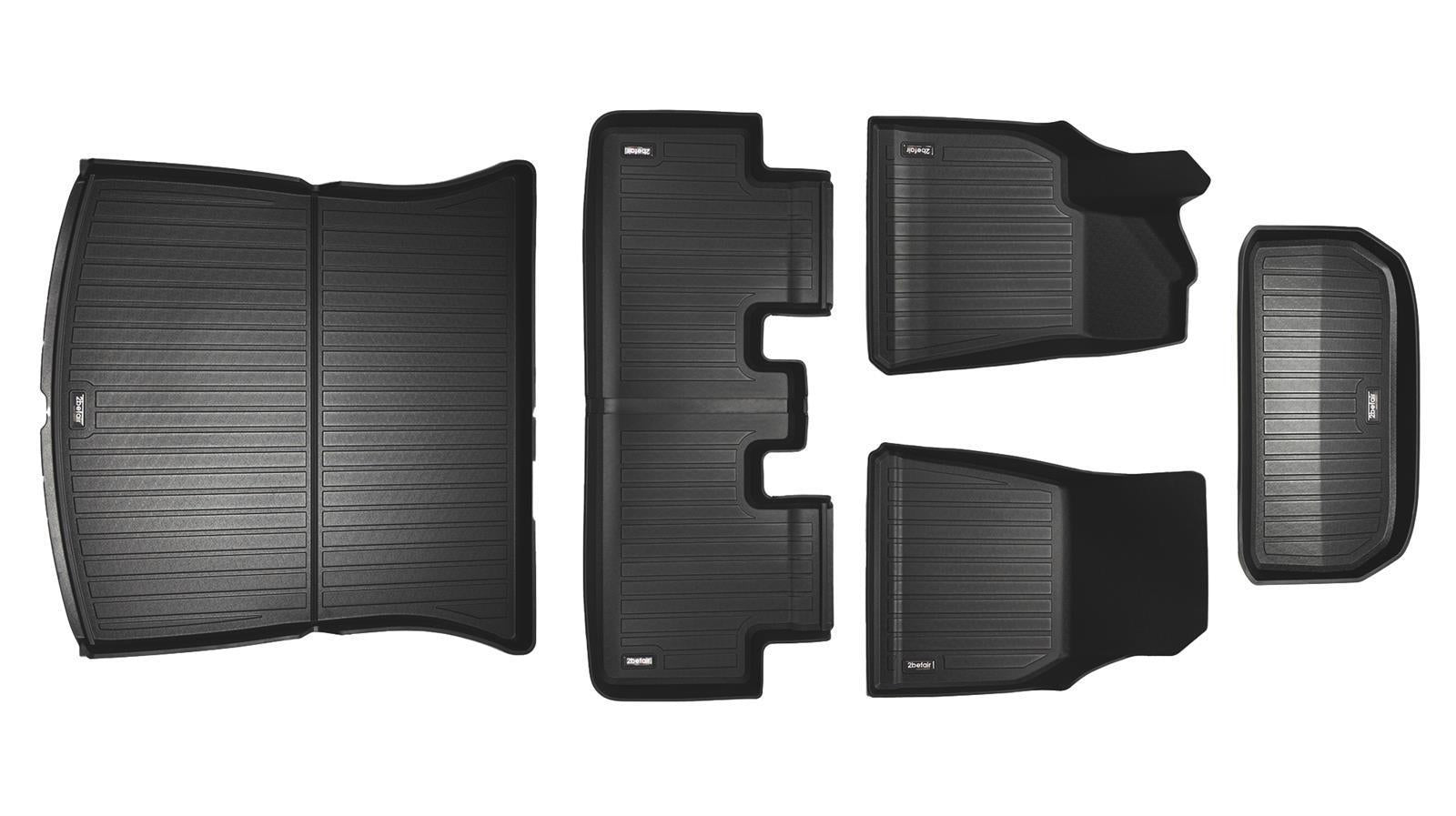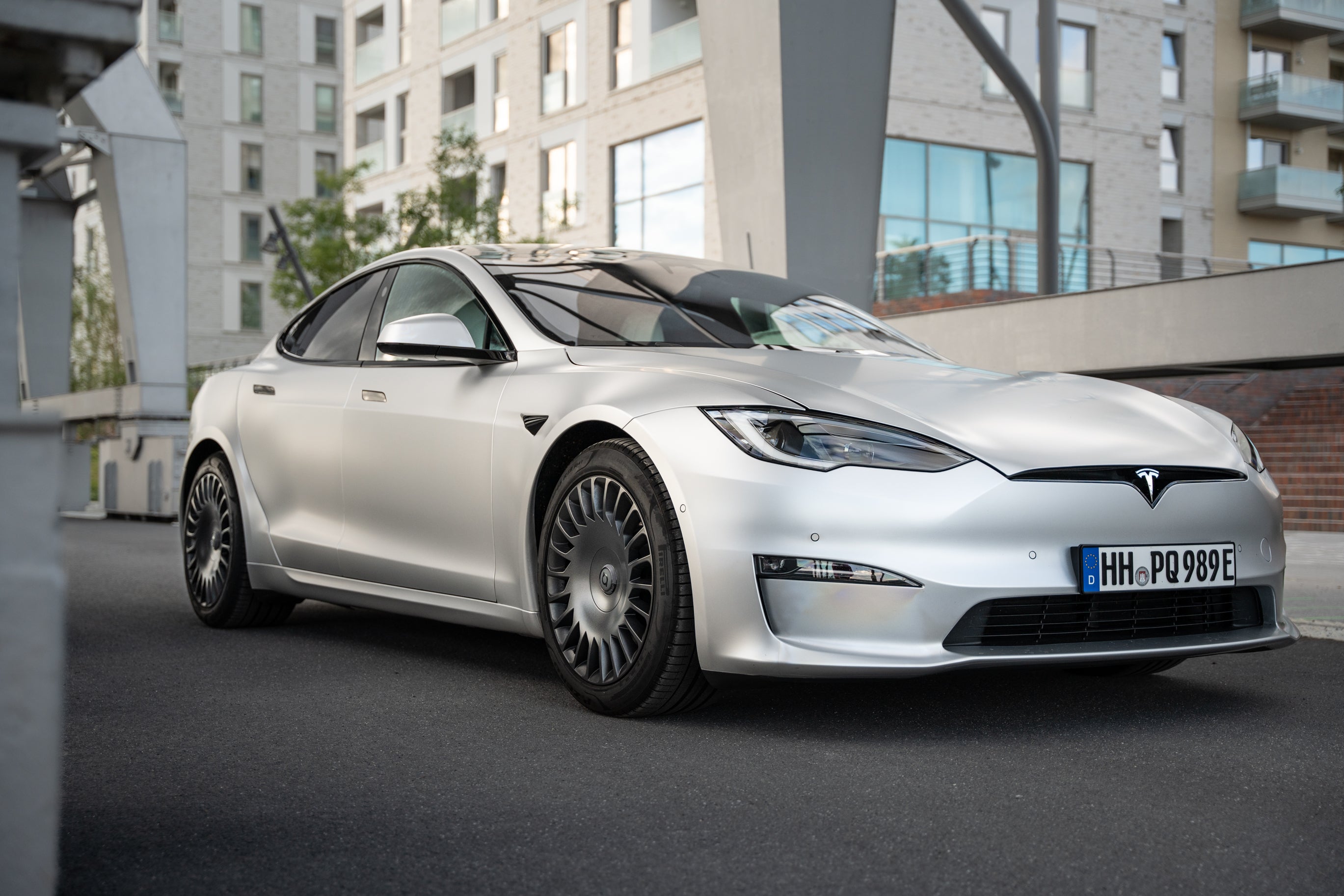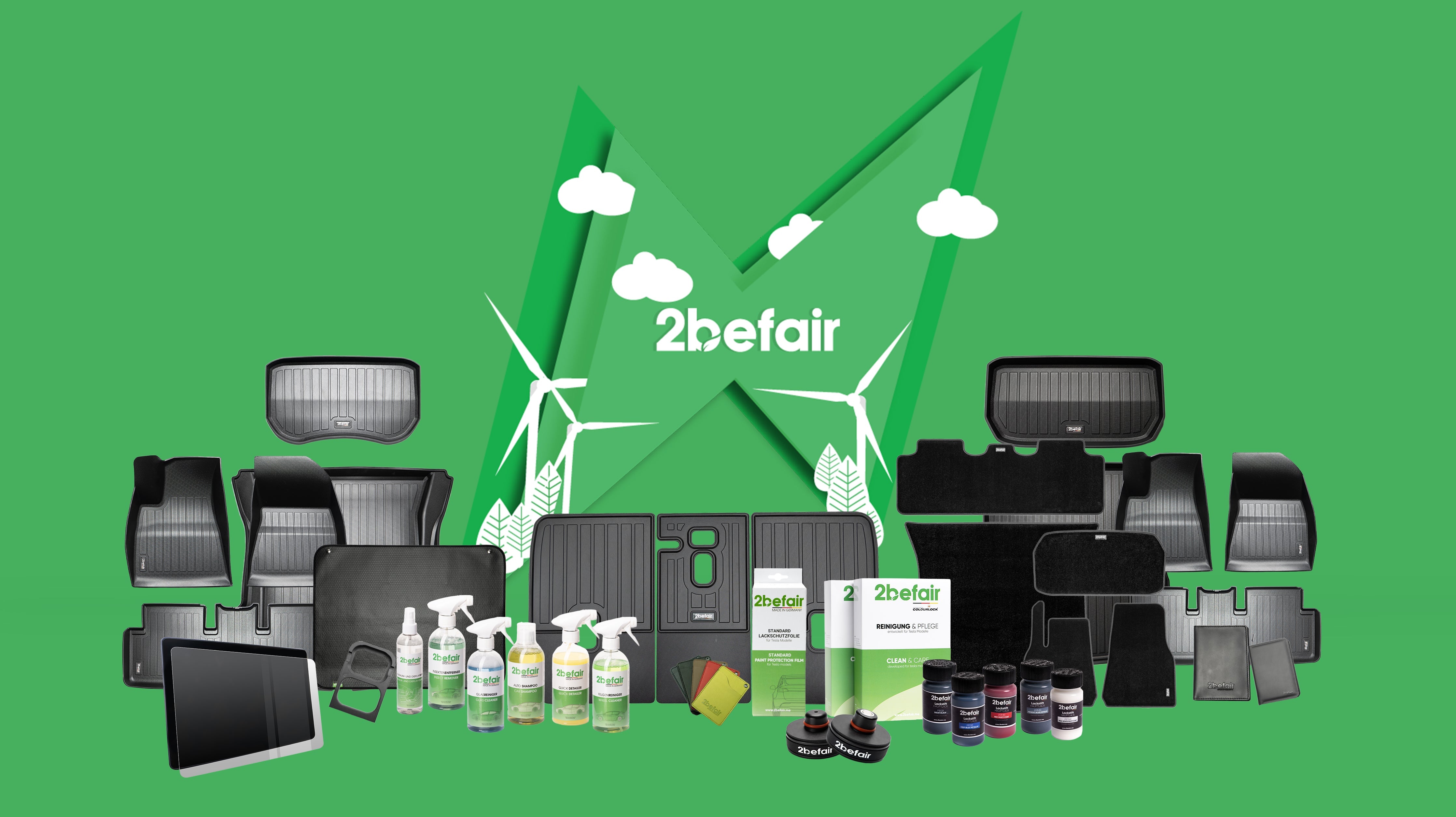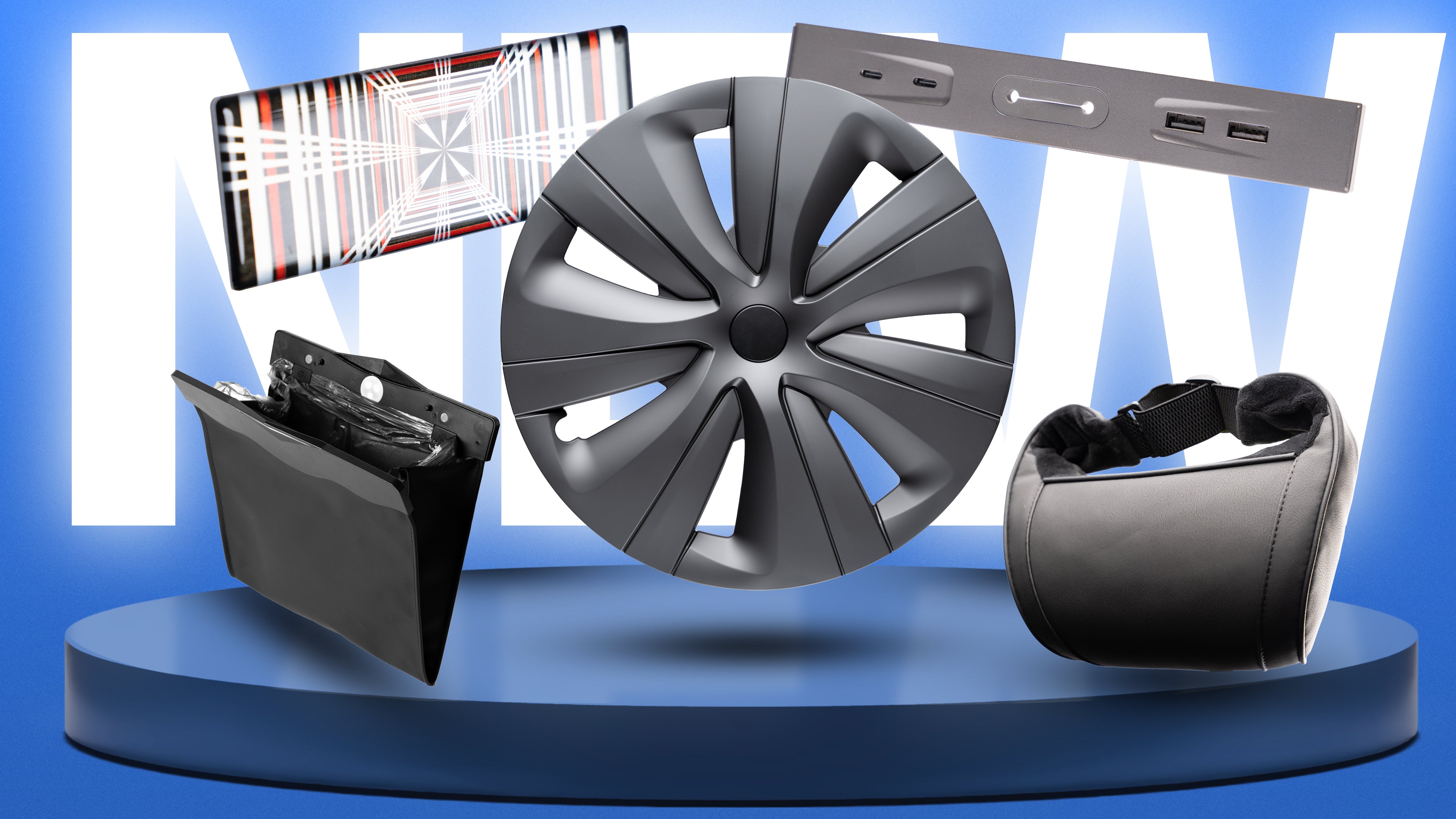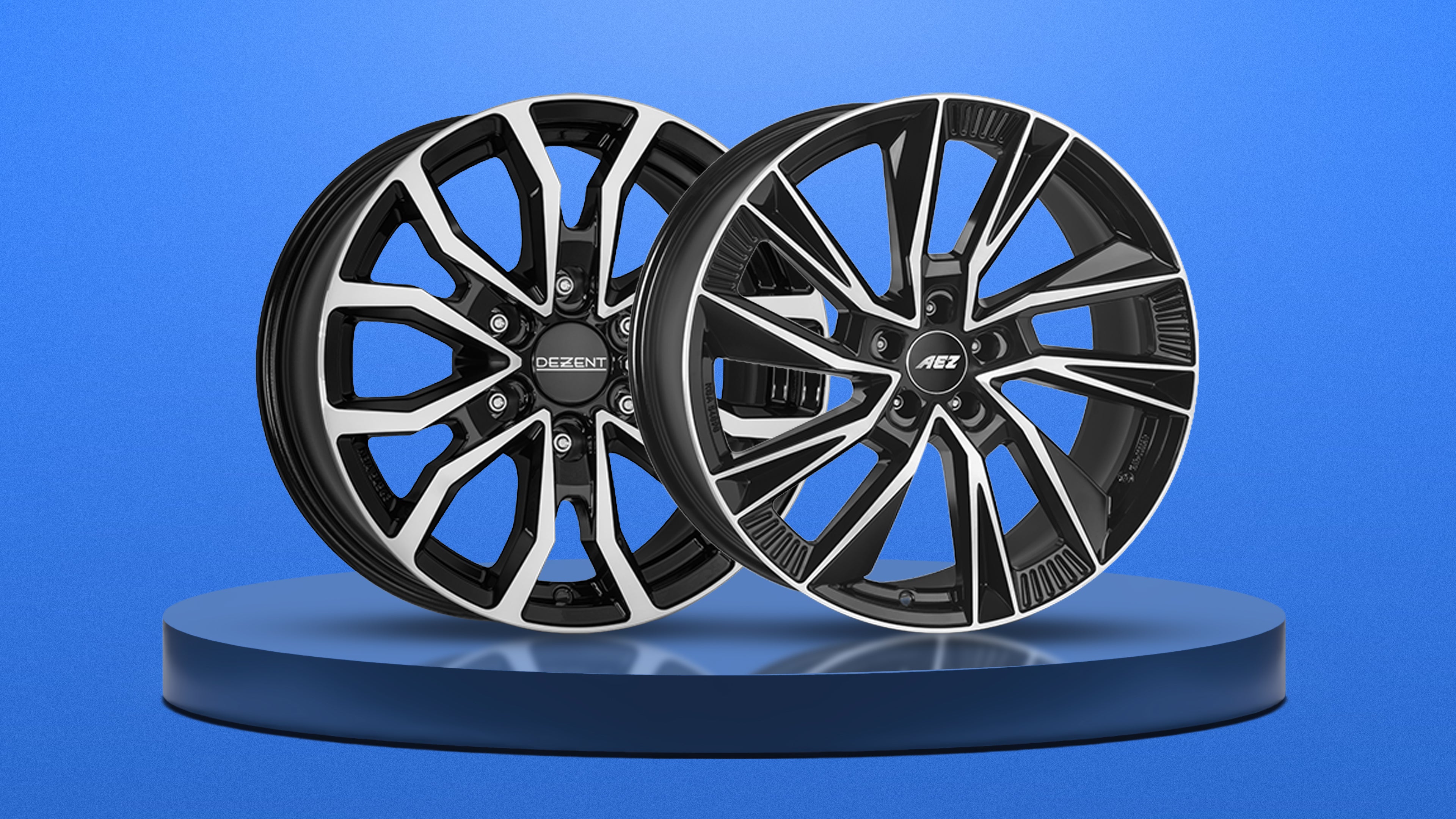For many Tesla-customers, the appearance of the vehicle identification number (VIN) in the Tesla-account marks an important milestone: it indicates that the vehicle has been produced and will soon be delivered. But what exactly is behind this combination of 17 numbers and letters? In this article, you will find out everything you need to know about the Tesla VIN and how you can decode it.
What is a VIN?
The VIN, short for "Vehicle Identification Number", is a globally unique identifier for every vehicle. With Tesla the VIN comprises 17 characters, with the first eleven characters containing specific information about the vehicle. The last six characters form an individual serial number.
Where can I find my VIN?
The Tesla VIN can be found in various places on the vehicle:
- In the German registration documents
- On the B-pillar on the driver's side
- On a sticker below the windshield on the driver's side
You can also view the VIN digitally in the Tesla-app, in the vehicle menu under "Software" or in the user account on the Tesla-website.
Tesla VIN decoder: The meaning of the digits
The VIN is made up of several parts, each of which has a specific meaning. Here is a detailed explanation of the individual numbers and letters:
Digits 1-3: The manufacturer (the Tesla factory)- 5YJ: Tesla USA (Model 3/S)
- 7G2: Tesla USA (Tesla semi)
- 7SA: Tesla USA (Model X/Y)
- SFZ: Tesla Roadster (built in Great Britain)
- LRW: Tesla China
- XP7: Tesla Germany (Grünheide)
- 3: Tesla Model 3
- Y: Tesla Model Y
- S: Tesla Model S
- X: Tesla Model X
- R: Tesla Roadster
- T: Tesla Semi
- C: Tesla Cybertruck
- A: 5 doors, left-hand drive, hatchback (Model S) / sedan (Model 3)
- B: 5 doors, right-hand drive, hatchback (Model S) / sedan (Model 3) / Cabin (Semi)
- C5 doors, left-hand drive, SUV
- D5 doors, right-hand drive, SUV
- E: left-hand drive, 4 doors, sedan (Model 3) / 3 doors, convertible (roadster)
- G: 5 doors, left-hand drive, SUV crossover
- H: 5 doors, right-hand drive, SUV crossover
- 1: Seat belts (2 front, 3 rear), front airbags, knee airbags (front), side airbags, PODS
- 3: Seat belts (2 front, 2 rear), front airbags, knee airbags (front), side airbags
- 4: Seat belts (2 front, 2 rear), Front airbags, Knee airbags (front), Side airbags
- 5Seat belts (2 front, 2 rear), front airbags, side airbags
- 6Seat belts (2 front, 3 rear), front airbags, side airbags
- 7: Seat belts (2 front, 3 rear), Front airbags, Side airbags, Active hood
- 8: Seat belts (2 front, 2 rear), Front airbags, Side airbags, Active hood
- A: Seat belts (2 front, 3 second row, 2 third row), Front airbags, Knee airbags (front), Side airbags, PODS
- B: Seat belts (2 front, 2 second row, 2 third row), front airbags, knee airbags (front), side airbags, PODS
- C: Seat belts (2 front, 2 second row, 2 third row), front airbags, side airbags, PODS
- D: Seat belts (2 front, 3 rear), front airbags, knee airbags (front), side airbags, PODS
PODS stands for "Passenger Occupant Detection System". This system detects whether there is a person in a particular seat and communicates with the airbags to determine the intensity of deployment in the event of an accident. The active hood is a system designed to protect pedestrians. In the event of a collision, the rear part of the hood rises by 80 millimetres to reduce the risk of head injuries.
Item 7: Drive type- A: Charger with 10 kW charging power
- B: Charger with 20 kW charging capacity
- C: Charger with 10 kW charging capacity and DC fast charger
- D: Charger with 20 kW charging capacity and DC fast charger
- E: NMC/NCA battery (for cars produced in Shanghai). If digit 8 is "S", then BYD LFP battery (for non-Shanghai cars). Otherwise, E simply stands for "Electric"
- FLFP battery. If figure 8 is "S", then the battery comes from CATL.
- H: NMC battery with high capacity (85 kWh)
- S: NMC battery with standard capacity (60 kWh)
- VNMC battery with ultra-high capacity (90 kWh)
Number 8: Motorization
- 1: a standard AC induction motor, 3-phase
- 2two standard AC induction motors, 3-phase
- 3one performance AC induction motor, 3-phase
- 4two performance AC induction motors, 3-phase
- 5two motors (Facelift Model S/X)
- 6three motors (Model S/X Plaid)
- A: one standard or performance motor of the "Wire Windings" type (3#RP, Model 3)
- Btwo standard motors of the "Wire Windings" type (3#DB, Model 3 or Semi)
- Ctwo "Wire Windings" performance motors with 82 kWh battery (3#DP)
- D: one standard or performance motor of the "Wire Windings" type (Y#RP, Model Y)
- Etwo standard motors of the "Wire Windings" type (Y#DB, Model Y)
- Ftwo performance motors of the "Wire Windings" type (Y#DP)
- G: unspecified motor, 51-60 kWh battery
- J: a standard/performance motor of the "Hairpin Windings" type (Y#RP, 3#RP)
- Ktwo standard motors of the type "Hairpin Windings" (Y#DB, 3#DB)
- Ltwo performance motors of the "Hairpin Windings" type (Y#DP, 3#DP)
- N: one standard motor, 81-90 kWh battery
- P: one performance motor, 81-90 kWh battery
- R: a standard motor of the "Wire Windings" type (Y#RB, 3#RB)
- S: a standard motor of the "Hairpin Windings" type (Y#RB, 3#RB)
- T: Two performance motors
(Special) Digit 9: The check digit
You will find the check digit in the ninth position of your chassis number. This plays a decisive role in the authenticity and accuracy of your VIN. If the vehicle identification number has been subsequently changed or created incorrectly, the check digit will differ.
To calculate the check digit, first replace all the letters in your VIN with the corresponding numbers according to the table below. Then each of the first 16 numbers (VIN without the check digit) is multiplied by a specific factor. This factor ranges from 2 to 10 and then again from 2 to 9, starting from right to left in the VIN.
The 17th digit of your VIN is multiplied by 2, the 16th by 3 and so on, with the ninth digit being multiplied by 10 before the eighth starts at 2 again. Finally, multiply the first digit of your VIN by 9. Add up all the numbers obtained. Divide the result by 11. The remainder of this division (0 to 10) is the check digit of your VIN. If the remainder is 10, the check digit is represented by the letter "X".
If you want to check the accuracy of your VIN, follow these steps and compare the result with the check digit of your chassis number.
|
Letter |
Number |
|
A, Ä, J |
1 |
|
B, K, S |
2 |
|
C, L, T |
3 |
|
D, M, U, Ü |
4 |
|
E, N, V |
5 |
|
F, W |
6 |
|
G, P, X |
7 |
|
H, Q, Y |
8 |
|
I, R, Z |
9 |
|
O, Ö |
0 |
Follow these steps carefully to ensure that your VIN is correct.
Item 10: The model year
The tenth digit of the Tesla VIN codes the model year of the vehicle. It is assigned according to a fixed key up to the year 2025:
- 6: 2006
- 7: 2007
- 8: 2008
- 9: 2009
- A: 2010
- B: 2011
- C: 2012
- D: 2013
- E: 2014
- F: 2015
- G: 2016
- H: 2017
- J: 2018
- K: 2019
- L: 2020
- M: 2021
- N: 2022
- P: 2023
- R: 2024
- S: 2025
Item 11: The place of manufacture
The eleventh digit of the VIN indicates the exact production location of the vehicle. This is detailed information about the location that goes beyond the information in the first three digits (manufacturer and country):
- 1: California, Menlo Park
- 3: Great Britain, Hethel (Roadster)
- A: Texas, Austin
- B: Germany, Berlin/Grünheide
- C: China, Shanghai
- F: California, Fremont
- G: Germany, Berlin/Grünheide
- N: Nevada, Reno
- P: California, Palo Alto
- R: Development / Research
The six-digit serial number
The last six digits of the Tesla VIN are a unique serial number that identifies each vehicle individually. No vehicle in the world shares the same last six digits.
While the last five digits are purely for identification purposes, the first digit of the serial number can provide additional information, especially if it contains one of the following letters:
- A: Prototype Stage Alpha
- B: Prototype stage beta
- E: Evaluation prototype (Roadster)
- F: Founder series (Roadster number 1 to 1000)
- M: Prototype drivable (Roadster)
- P: Production vehicle (first 100,000 Model S only)
- R: Release candidate
- S: Signature series (first 1000 Model S/X)
- V: Validation prototype (Roadster)
However, if the first digit of the serial number is a number, it is a regular production vehicle.


